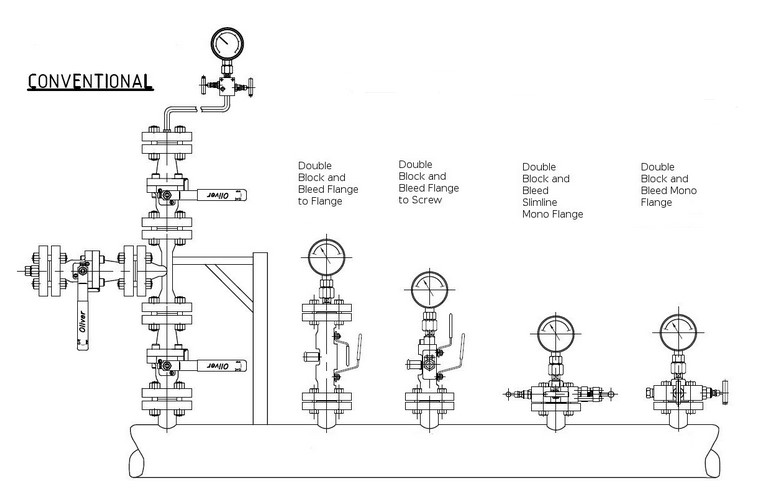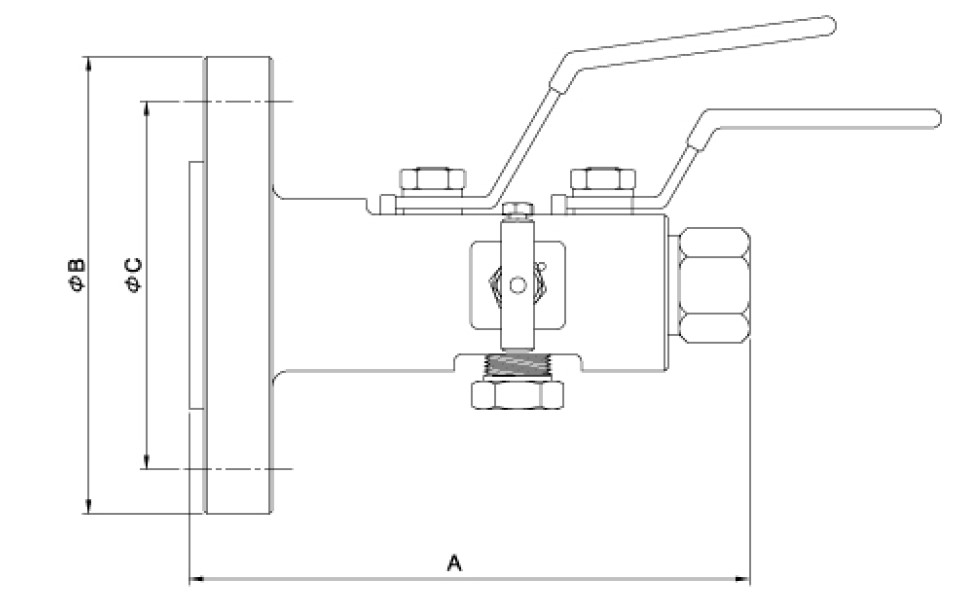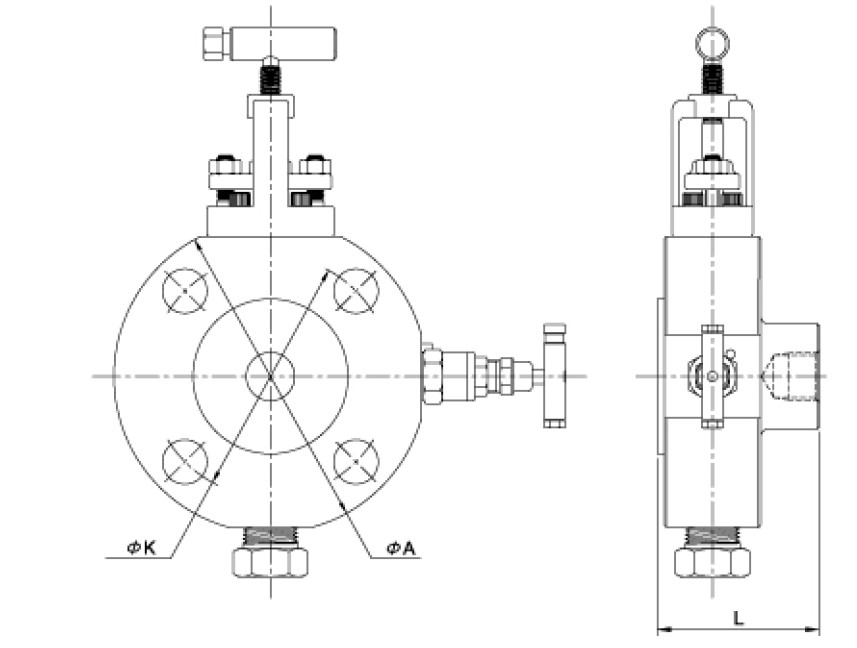Double block and bleed valves are also known as DBB valves. This valve is a space-saving dual isolation solution that reduces the need for costly multi-valve systems. By combining all block and bleed components into a single unit, DBB valves minimize the risk of leak paths to atmosphere while providing significant weight savings.
In many DBB valves, the isolation valve used is ball valve and the bleed connection is needle valve. In some cases, globe valve can be used in place of ball valve for isolation.
Double block and bleed valves are integrally forged, one-piece assemblies used for the primary isolation of pressure take-off and process flow. A single DBB valve can isolate up or downstream, providing a large maintenance advantage over multi-valves.
This compact design is ideal for instrument isolation, chemical injection, gauge isolation, oil and gas production, and direct or remote mounting of instruments. Also Double block and bleed valves are commonly used throughout the oil and gas extraction industry; especially on floating platforms and storage vessels where space is a primary concern. Double block and bleed valves are highly flexible in design, and can be custom engineered to meet various lengths, heights, and connection sizes.
Double block and bleed valves can be produced using the same face-to-face dimensions as existing single block ball valves, eliminating the need to modify pipe systems. Double block and bleed valves are available in modular, monoflange, and root configurations, and can be fitted with optional one way check valves for chemical injection applications.

Conventional double bleed valve

Double bleed modular valve
 Monoflange bleed valve |
Double Block and Bleed Valve Benefits
- Compact design
- Uninterrupted flow for negligible pressure drop
- Reduced leakage points- a huge benefit as fugitive emissions is so important.
- Space, weight, and cost savings versus multi-valve systems
- Reduced installation and maintenance requirements
- Designed and engineered on a case-by-case basis
- Compact profile for reduced risk of vibration damage
- Optional features include probes, check valves, seat wipers, and injection quills
- We only have one component to be ordered, not many as in the old applications, which can save on inventory and site confusion.
- We can get away from local site support by reducing the bending movement.